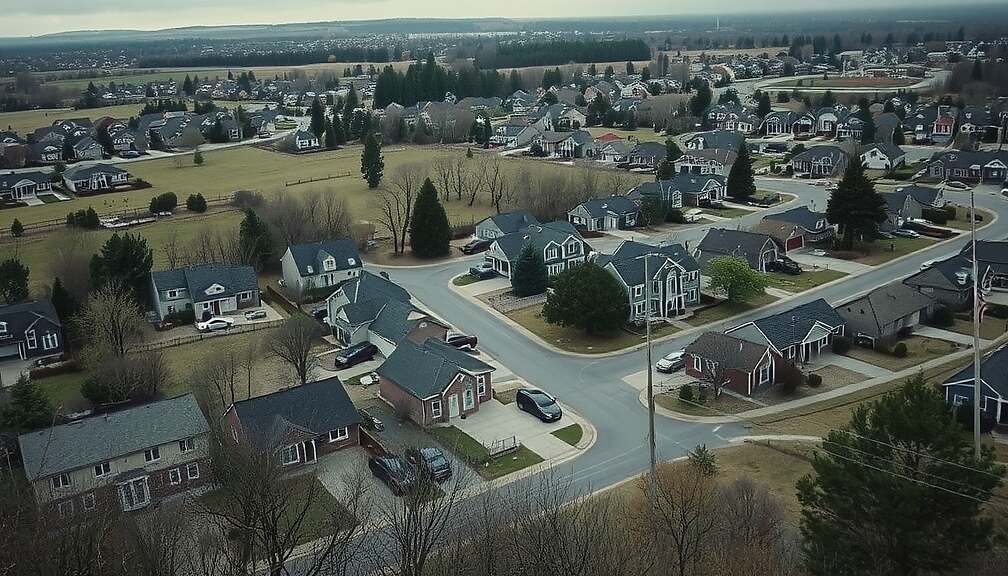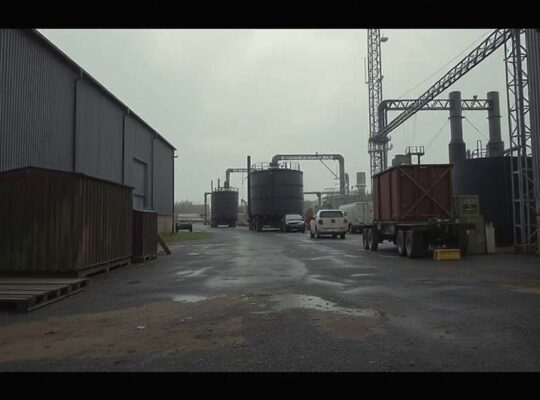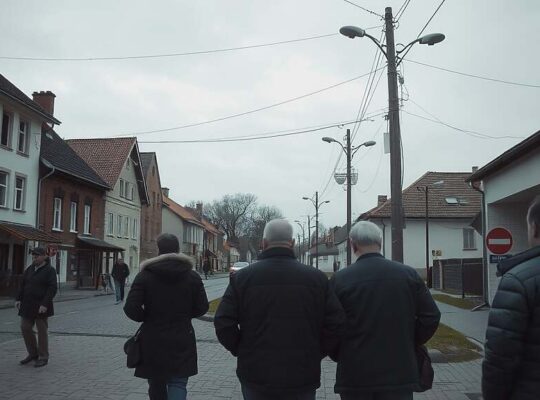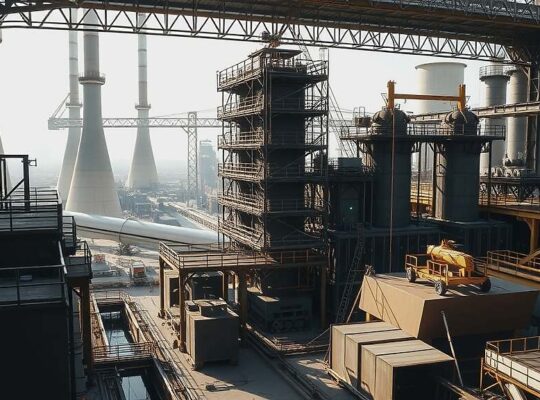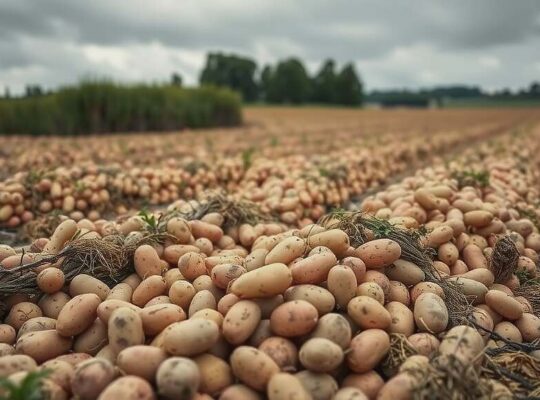Data released Tuesday by the Federal Statistical Office (Destatis) reveal a significant increase in land use across Germany for settlements and transportation between 2020 and 2023. An average of 51 hectares (approximately 125 acres) of land were consumed daily during this period, a rise of two hectares compared to the 2019-2022 timeframe.
Currently, 14.6 percent of Germany’s total area – equating to roughly 5.2 million hectares – is dedicated to settlements and transportation infrastructure. The majority of the remaining land is utilized for agricultural purposes (50.3 percent) and forestry (29.9 percent), with only 2.3 percent comprising water bodies.
While overall land consumption remains high, the rate of expansion for residential construction, industrial facilities, commercial properties and public amenities slowed in 2023. An average of 35 hectares were utilized daily for these purposes, a decrease from 40 hectares in 2020, 39 hectares in 2021 and 37 hectares in 2022. Destatis attributes this moderation to decreased construction activity and land reclamation efforts observed in Brandenburg and Thuringia.
Conversely, areas designated for sports, recreation and leisure saw a notable increase. Daily expansion in this sector rose from 12 hectares in 2022 to 17 hectares in 2023. Brandenburg experienced the most substantial growth, with a 14.8 percent rise, partly due to the repurposing of previously unused construction land.
The German government has set a target to reduce the daily land consumption rate to below 30 hectares by 2030. A long-term objective, slated for 2050, focuses on achieving a “land cycle economy” aiming to minimize the net demand for new land for settlement and transport purposes.


